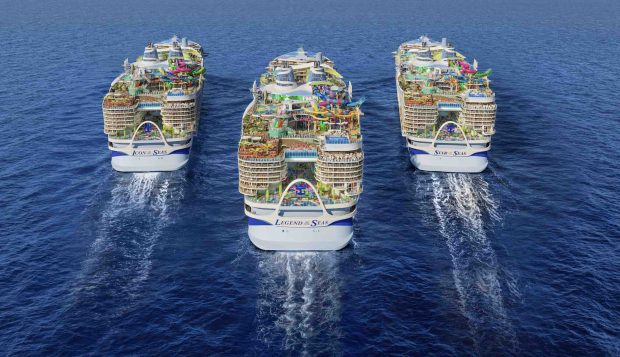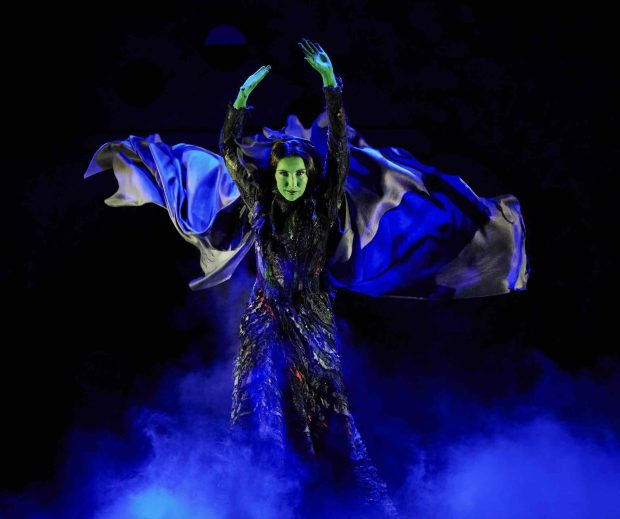What killed my fish? That’s a question that has probably crossed your mind if you’ve ever found deceased fish floating on the surface while conducting a routine koi pond inspection. Several factors can result in the death of koi fish, but the most common culprits include water quality, overpopulation, insufficient oxygen, and bacterial infections. Fortunately, you can easily prevent these factors. Let’s explore these threats and see how you can avoid losing any more koi.
Poor Water Quality
Poor water quality is the leading cause of death in pond koi. It’s primarily caused by fish waste and is normally characterized by high levels of ammonia and extreme pH values. Very high or low pH values can lead to the death of fish.
It is imperative that you maintain good pond water quality. You can achieve this through regular testing followed by any necessary adjustments to pH values, filtration, and fish population.
Overpopulation
A general rule, in regard to fish populations, that every koi keeper needs to keep in mind is: less is more. You’ll normally get as much satisfaction from five fish as you would from twenty fish. How many fish is right for your pond will depend on other factors, such as your pond’s size, other pond occupants and plant saturation.
Pond overstocking often leads to problems such as waste accumulation, depletion of dissolved oxygen, and stress from crowded environments. All of the above can result in diseases and loss of fish. Be sure to keep your koi population at manageable levels.
Bacterial Infections
Naturally, bacteria are everywhere, and your koi pond is no exception. If your koi are distressed for any reason, which may include poor diet and unfavourable living conditions, it can increase their susceptibility to bacterial infections.
There are several considerations for feeding and maintaining your koi pond to ensure your koi remain infection-free. These include providing a balanced diet, investing in a proper filtration system, and removing jagged rocks to avert injuries.
Insufficient Oxygen
Fish need oxygen to survive. Several factors can contribute to low levels of dissolved oxygen in the pond water, including overcrowding, size of individual fish, and too many plants. Therefore, you should balance your koi pond with the appropriate number and size of fish.
Maintaining a balanced plant population is also essential. In fact, you should make sure that plants cover not more than 40 to 60 per cent of your pond’s total surface area. You can also consider investing in artificial oxygen sources.
In Conclusion
A koi pond not only plays a great role in enhancing your home’s value and visual appeal, but it can also help in developing a passion for environmental conversation and maintenance. Unfortunately, koi ponds will normally encounter various challenges over time that may threaten the life of your fish.
The good thing is that most of these challenges can be prevented or resolved before they cause significant damages. This article has outlined the most common challenges, like water quality, overpopulation, and bacterial infections, as well as how you can solve them.








